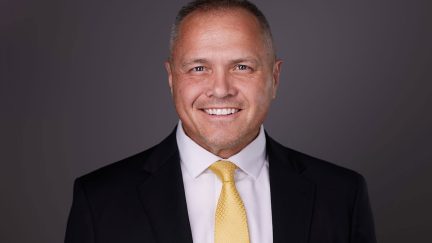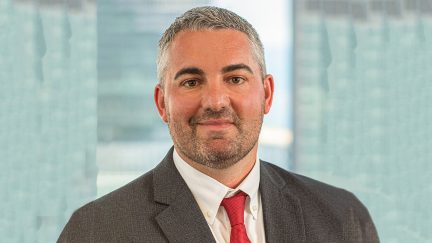For more stories like this, sign up for the PLANADVISERdash daily newsletter.
Retirement Industry People Moves
PCS Retirement names new COO; Cohen & Steers appoints global real estate head to CIO; The Standard names TPA sales director; and more.
PCS Retirement Names COO
PCS Retirement LLC has appointed Zohar Swaine to the role of chief operations officer (COO), reporting to Mark Klein, CEO. Zohar will spearhead the development of the operations and technology infrastructure in support of growth strategies.
“We are fortunate that in Zohar we have an executive with a strong track record of delivering client-centric operational excellence and technological innovation,” Klein says.
Swaine brings over 20 years of corporate strategy and wealth management experience to PCS. He most recently founded and served as president of Mink Hollow Advisors, a wealth management strategy consulting firm serving broker/dealers and wealth management technology firms. Prior to Mink Hollow, Swaine served as managing director of institutional strategy and product for TD Ameritrade.
Swaine says he looks forward to contributing to the organization’s “fiduciary DNA and client-first mentality,” particularly in the areas of technology, operational data and predictive analytics.
Cohen & Steers Appoints Global Real Estate Head to CIO
Cohen & Steers has named Jon Cheigh, executive vice president and head of global real estate, as chief investment officer. He succeeds Joseph Harvey, president of Cohen & Steers, who has held the position of CIO since 2003 and was recently appointed to the company’s board of directors.
Cheigh remains head of global real estate and will continue to focus the majority of his time on managing the real estate team, process and portfolios. As CIO, he will provide guidance and oversight to all Cohen & Steers investment teams and facilitate deeper interactions across the department.
Cheigh joined the Cohen & Steers U.S. Real Estate team in 2005 as a research analyst after spending a decade as a real estate analyst and acquisition specialist. He was promoted to portfolio manager in 2008 and was made head of global real estate in 2012.
The Standard Names TPA Sales Director
The Standard announced the hiring of Rita Taylor-Rodriguez as TPA [third-party administrator] sales director for retirement plan services. She will be responsible for growing sales with TPAs around the nation.
Taylor-Rodriguez has more than 30 years of experience in the financial services industry. She has held sales executive positions as well as roles as regional channel manager and brokerage manager. She has a 10-year history with The Standard as a regional director of sales from 2007 to 2017.
Taylor-Rodriguez holds the Certified Plan Fiduciary Advisor and Fi360 Accredited Investment Fiduciary designations, along with FINRA Series 6, 63, 26 and 65 licenses. She is based in Magnolia, Texas.
“We are thrilled to have Rita’s energy and expertise back at The Standard,” says Joel Mee, senior director, retirement plan sales. “She brings an invaluable level of retirement plan industry experience, along with a keen understanding of third-party administrators and how we can best partner with them.”
PGIM Investments Announces Multiple Hires in Marketing and Tech
PGIM Investments has made senior-level hires across its marketing and technology functions, while expanding the roles of two senior executives.
Ray Ahn, previously of Capital Group/American Funds, joins PGIM Investments as global chief marketing officer, and Indy Reddy, previously of Citi Private Bank, joins PGIM Investments as global chief technology and operations officer.
Ahn will lead the marketing strategy and marketing team expansion for the retail intermediary channels in both the U.S. and internationally. At Capital Group/American Funds, Ahn led the firm’s build-out of its international marketing function, as well as led product marketing teams in the U.S. He previously held marketing roles at ProShares, T. Rowe Price and BlackRock.
Reddy will lead the build-out of the technology platform to support the firm’s global expansion plans, overseeing teams spanning fund administration, transfer agency and client service. He previously held senior technology roles with Credit Suisse and Deutsche Bank.
Additionally, Jim Devaney, previously head of sales distribution, has assumed the role of U.S. head of distribution, expanding his responsibilities to include both U.S. intermediary sales and U.S. national accounts. Kimberly LaPointe has assumed a newly created role as head of PGIM Investments International. She previously held the position that Devaney has just assumed. In her new role, Kimberly will be based in London and will focus on growing overseas business.
You Might Also Like:

2025 Top Retirement Plan Adviser: Erik Daley

2025 Top Retirement Plan Adviser: Bill Sobers

2025 Top Retirement Plan Adviser: Douglas Stalter
« Big Providers Focused on Retirement Income—Just Not Annuities
